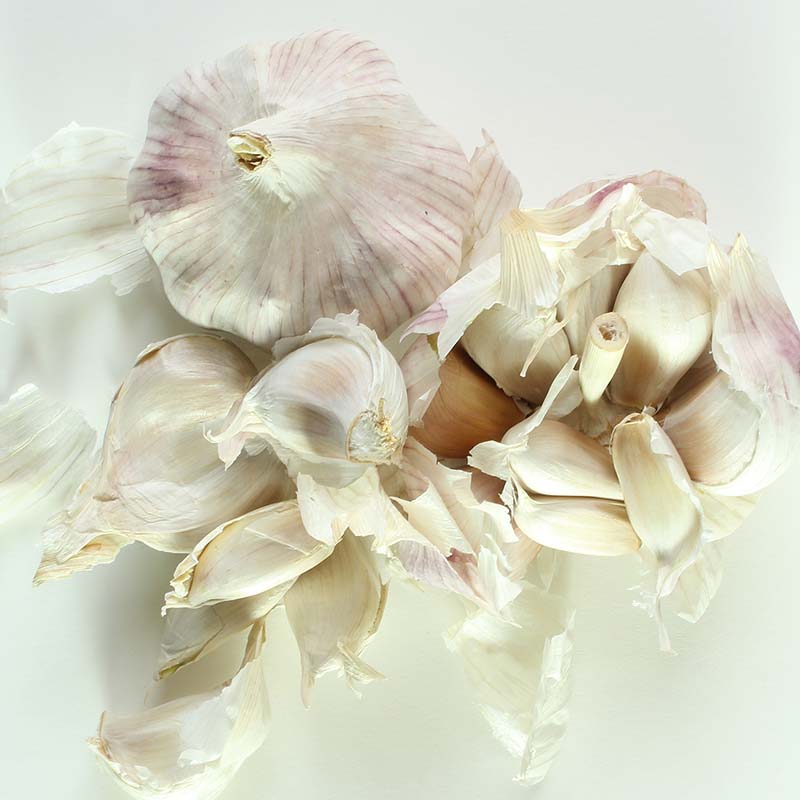
By: Ryan M.
Year: 2022
School: Fairmont Private Schools
Grade: 8
Science Teacher: Michael Morin
Each year, E. coli infections cause significant health problems in the United States, with approximately 265,000 illnesses and about 100 deaths reported by the Centers for Disease Control and Prevention (CDC). Current treatments for pathogenic E. coli infections can increase the risk of kidney failure, making it essential to explore alternative treatments. In this study, Ryan investigates the efficacy of garlic essence and varying concentrations of bacteriophage on E. coli inhibition.
Garlic has long been recognized for its preventive and curative powers against various forms of bacteria, including Salmonella and Escherichia coli. Bacteriophages, on the other hand, are a type of virus that infects bacteria, and have been used as an alternative to antibiotics. Ryan’s study aims to compare the efficacy of three different treatments: two different concentrations of bacteriophage and one concentration of garlic essence, to inhibit bacterial growth.
The experiment involved streaking E. coli over tryptic soy agar in Petri dishes, which were then divided into four groups, including a control group. The treatments were applied to the different groups: 10 dishes for garlic, 10 dishes for bacteriophage of 10-1 concentration, and 10 dishes for bacteriophage 10-10 of concentration. The Petri dishes were then placed in an incubator for 72 hours at 37˚C.
After 72 hours, Ryan analyzed each Petri dish with photos run through Image J software. The area of growth and inhibition was calculated and logged in the lab notebook. The result showed that the higher concentration of the bacteriophage group inhibited the most bacteria, with a 59% inhibition rate. Garlic essence also inhibited 56% of E. coli growth, similar to the bacteriophage concentrated at 10-1.
Ryan performed ANOVA statistical analysis to determine if any treatment was significantly different than the control or each other. The result was insignificant with 95% confidence, indicating that the treatments were equally effective/ineffective, failing to reject the null hypothesis. Despite the null result, there are positive trends for T4r 10-1 and garlic treatments compared to the control group, suggesting the need for further studies with better control of variance.
In conclusion, Ryan’s study shows that garlic and bacteriophages can be alternative treatments to inhibit E. coli growth. However, more research is required to explore different concentrations of bacteriophages and other natural antibiotics, such as turmeric or cloves, claimed to be effective against E. coli. The study’s findings have the potential to pave the way for new, more effective treatments for E. coli infections.
